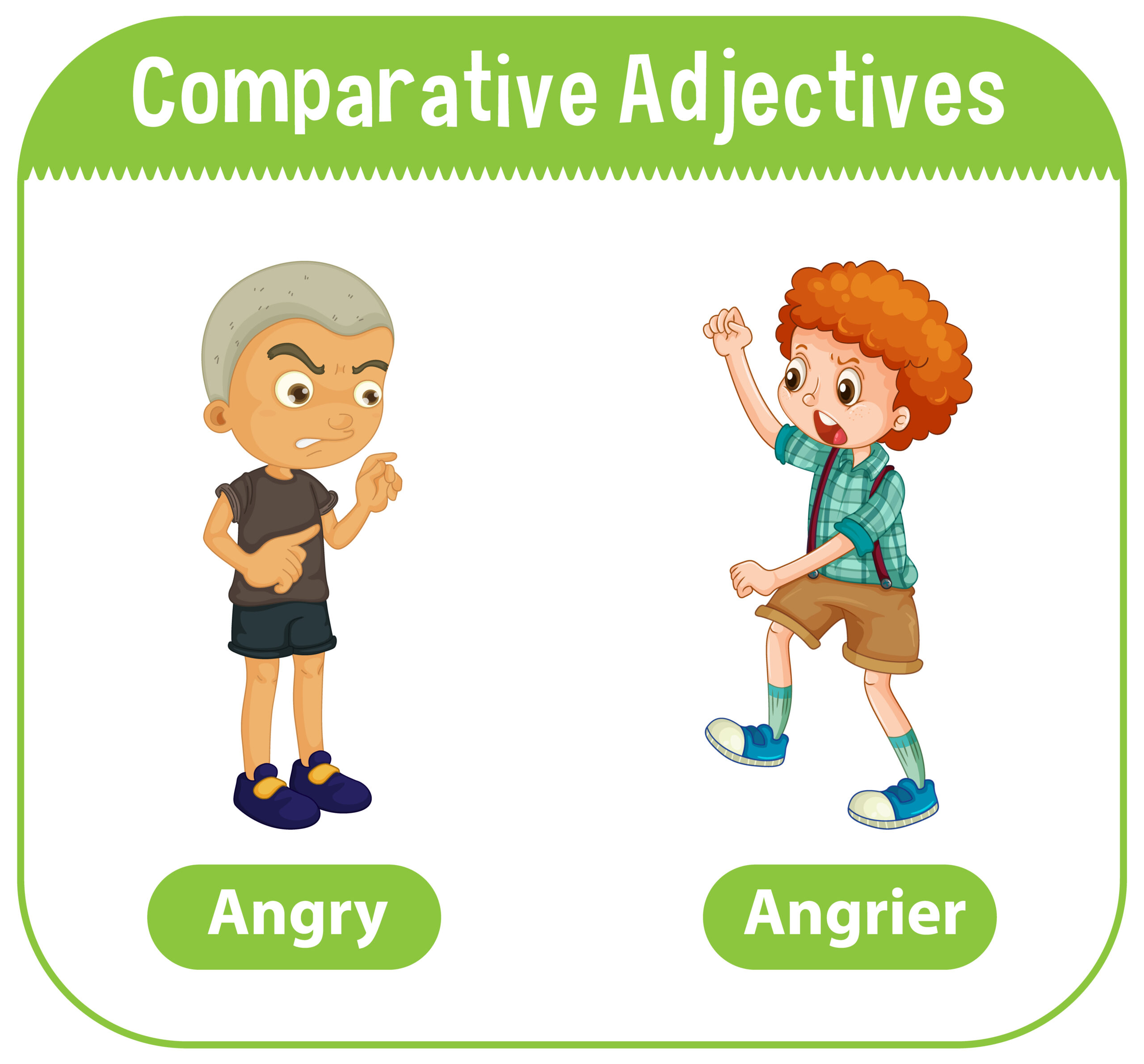Kääntäbä: Never before has communication among languages been as precipitously important in our rehearsed connectivity-moulded world. Businesses or even individuals may have a need to choose the best translation services that will offer them some quality translations allowing for their efforts in spreading known information between users of different languages. With Kääntäbä, the world of translations has been positioned to be disrupted by a young player that is anchoring their process on technology but not losing sight of human expertise.
In this piece, we examine what lies on the horizon, of how Kääntäbä is revolutionising translations and some trends coming up that are changing the translation industry.
What is Kääntäbä?
Kääntäbä is a modern fast translation service powered with AI + human expertise designed to deliver accurate culturally latent translations in real time. Kääntäbä does things a little different than the traditional where it’s just humans, or fully automated translations. Utilizing advanced AI algorithms for speed and efficiency, and human translators to maintain the nuances, context and cultural sensitivities. And in an industry where accuracy and cultural context is key, Kääntäbä stands out from the competition.
Key Innovations in the Translation Industry
In the past years, significant advances have been made in translation thanks to technological developments and increasing need for immediate multilingual functioning. Kääntäbä, similar to other companies in the sector, is taking advantage of some key innovations that are revolutionising how translations are delivered. There are some key trends emerging.
1. Artificial Intelligence and Machine Translation
Recently AI and machine translation so these are some features we will get to the new world of Translation industry. Neural machine translation (NMT) is a new algorithm that produces far more accurate translations than previous models such as statistical machine translation (SMT). While the paradigm may have its roots in post-editing, tools like Google Translate and DeepL has popularized machine translation — Kääntäbä now takes this a step further by directly integrating AI with human expertise. Although AI can do tons of basic translations very quickly, you need a human (or real time automated translation) to make sure no context or culture is lost in the process.
Real and Near-Real-time Outputs: Another advantage of AI-powered translations is that you can provide outputs in real or near-real time. That is why it is critical for companies of the 21st century doing business in globalized markets where accurate and quick communication makes or breaks a deal. The power of the AI algorithms created by Kääntäbä can process millions and millions words in a matter of seconds, enabling businesses to communicate quickly without losing quality.
2. Localization and Cultural Sensitivity
One of the challenges, in particular with the translation industry, is making sure that translations account for cultural relevance and not just accuracy. Just translating words literally from one language to another can lead to misunderstandings or even hurt feelings if cultural discrepancies are not taken into account. This is where Kääntäbä does extremely well with the hybrid approach. Kääntäbä complements AI with human translators making sure the context and cultural references which are inborn to a language remain intact while converting it into another.
With companies going global, localization (i.e. the process of adapting content to a specific culture or locale) is gaining more and more importance than ever before. With Kääntäbä, companies can localise their web marketing messages and product descriptions almost perfectly (including user interface) — matching the cultural tone for different regions. A personalised approach allows businesses to steer clear of expensive errors while simultaneously providing locals with the kind-of content that resonates.
3. Natural Language Processing (NLP)
Another technological advancement has begun to change the game for translation: Natural Language Processing. Natural Language Processing ( NLP ) is a branch of artificial intelligence that helps computers understand, interpret and respond to human language in ways that are close to natural or the way humans expect. NLP can be used to produce nuanced translations by examining the other words of a text, so we know what their intended meanings must have been.[1] In the aforementioned fields such as legal translation, technical manual translation and marketing copy (to name a few) because Kääntäbä uses NLP it provides accurate interpretations of meaning.
The better NLP technology gets, the more likely it is to replace humans for increasingly challenging translation processes. Kääntäbät is taking NLP on the first step and making use of it in its end-to-end process to translate certain special translations that need an understanding outside language like Legal Contract or Medical Text.
4. Multilingual AI Chatbots
Multilingual AI Chatbots: Another Translation Future TrendImpact Nowadays, chatbots have become an essential component of many businesses to offer customer support and engage across various regions with the users. This is a front-line system that includes AI chatbots specialized in multiple languages, able to answer instantly and translate the other language responses on demand. The way these bots work is by learning — real-time, machine-learning-backed responses that get better and smoother as the chatbot keeps talking to more customers over time.
One day, we can also see these AI chatbots becoming more advanced and able to not just translate but interpret cultural context as well so it may respond likewise in the way a different culture prefers its conversation. Given the domain experience of Kääntäbä in AI, not to mention its deep roots into human-powered translation space — one could say that it is perfectly poised to take this evolution forward.
5. Voice and Video Translation
Video is the best content form ever and quickly becoming a necessary requirement — this means voice translators, and video translation services are crucial.wrapping it up! Tutorials, advertisements and corporate presentations are being translated globally by companies. Kääntäbä uses state-of-the-art speech recognition and AI algorithms for audio translation to transcribe spoken words on a live basis. This is especially useful for companies that do webinars, training or live events with an international audience.
Voice translation also applies for mobile apps and smart devices where voice activation assistants are generally used nowadays like Siri, Alexa and other tasks to faster travel booking shopping centralised systems. Kääntäbäs VTT is currently focusing on voice translation solutions for these, that can enhance their experiences by providing them with accurate translations across various languages in real time.
Challenges Facing the Translation Industry
However, even with the advances and developments of this industry, there are still plenty of hurdles on our way. But one of the largest is walking that line between achieving speed whilst remaining accurate. AI has the capacity to process huge amounts of text in no time; however, human touch will continue being needed for securing translation relevance across context and culture. That is a distinct advantage of Kääntäb’s hybrid model.
Data Privacy is one of the challenges as well. With the growing popularity of cloud-based translation services among businesses, security is in demand. Kääntäbä has implemented stringent data security protocol in order that every translation is treated with full compliance to international privacy standards such as the General Data Protection Regulation (GDPR).
Finally, the sector needs to find a way how they can meet this surge in demand for multilingual content. Essentially as globalisation continues to advance, more and more businesses are needing to communicate with different languages than they need translation services at scale. To keep up with this growth, Kääntäbä is investing in adding more languages and fine-tuning its AI models.
The Future of Kääntäbä and the Translation Industry
Kääntäbään, significance and potential have a whole new meaning. As AI and machine learning technology continues to evolve, we may see translation services become even more automated. Yet human translators will still be essential in maintaining quality and making sure that texts are culturally appropriate, especially where translation involves the life sciences or literary expression.
With businesses worldwide seeking to leverage cloud-based productivity applications that can deliver all-round seamless workflow when translating between foreign languages, Kääntäbá’s combination of AI and human expertise will likely be the new industry standard in providing high quality yet efficient translations. Kääntäbä will be at the forefront of innovation as demand for multilingual communication becomes more prevalent, delivering its translation service that addresses changing business demands around the world.
And with localization and cultural sensitivity being the new unwritten rules of marketing, Kääntäbä ensures its clients can step into a brand’s ideal market confident that they are spreading their message in a way that is culturally robust yet respectful. By incorporating NLP and adding voice + video translations, in addition to multi-lingual AI chatbots the company is going step by step toward producing natural real-time human-readable-proper-content translating services appropriate for clients with different purposes
Conclusion
The translation landscape is changing rapidly, and Kääntäbä has all the elements necessary to be at the forefront of this transformation by using cutting-edge AI tools alongside its localization know-how combined with cultural awareness. The company’s innovative use of AI to boost the speed and efficiency supported by flesh-and-blood human translators confirms it as a major player now, especially at how we will be communicating in an increasingly joined-up world.
Freed from the limitations and corruption of a modern hero, incredibly advanced systems were able to adapt adequately in addressing head-on both the challenges AND opportunities that would arise during translation’s next evolutionary stage. By using AI processing or voice, document etc needed for translations Kääntäbä is opening the gates of possibilities on how further all translation services can be in this globalized world.



